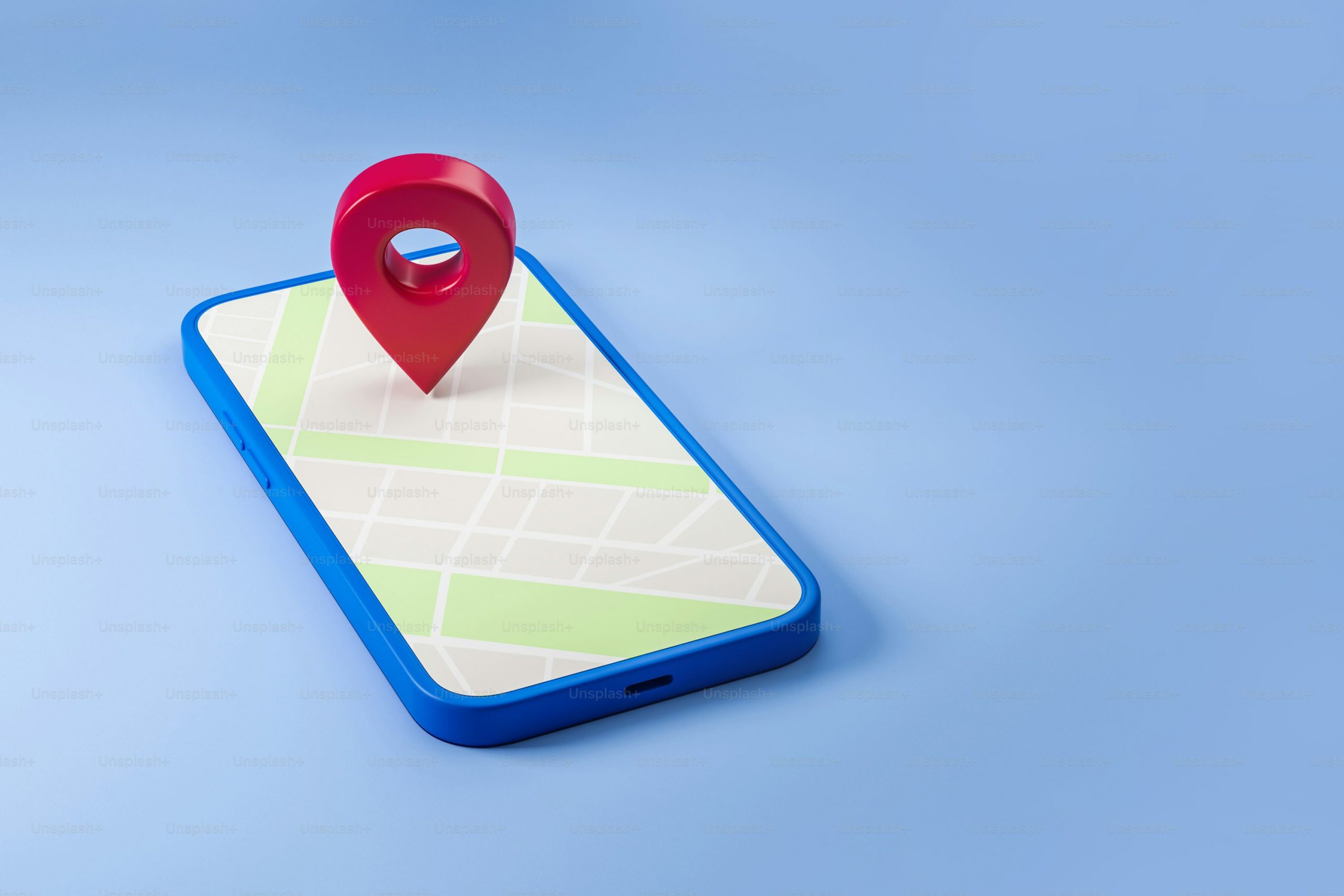Physical Address
304 North Cardinal St.
Dorchester Center, MA 02124
Physical Address
304 North Cardinal St.
Dorchester Center, MA 02124

Why our brains favor GPS voices over human advice
In an age where smartphones have become our everyday co-pilots, many of us instinctively turn to GPS apps when navigating unfamiliar places. Even when a local resident offers directions, we often glance back at the glowing screen in our hand for confirmation. But why do we show such unwavering confidence in GPS over first-hand human advice? The answer lies less in technology itself and more in the psychological patterns shaping our trust, decision-making, and perception of authority. Below we explore the psychology behind why we put greater faith in digital navigation than in local guidance.
For much of human history, navigation relied on memory, instinct, and shared knowledge from others. Asking for directions was a normal social interaction, and one’s ability to remember landmarks or paths reflected trust in personal and collective memory. With the rise of digital maps, however, technology has rewired the way we think about movement and location. Instead of building spatial awareness, many of us now outsource the responsibility to our devices.
GPS tools not only give turn-by-turn instructions but also free us from needing to constantly track where we are. Because of this, our sense of direction is less about internalizing routes, and more about temporarily following the path on a screen. Repetition creates reliance, and soon we equate "navigating correctly" with "following instructions accurately," which reinforces the authority of GPS apps in our daily routines.
Another important shift is that technology reduces uncertainty in ambiguous environments. Local directions often include vague cues such as “turn by the big tree” or “after the third intersection.” GPS, by contrast, converts those uncertainties into precise commands: "turn in 200 feet." This accuracy gives the impression of objectivity and control, which makes us feel safer when relying on it.
Ultimately, technology hasn’t just provided a new tool—it has reshaped the way we conceptualize navigation. Instead of associating direction-finding with human memory and experience, we now frame it in terms of digital authority, elevating the GPS from a tool into a trusted guide.
One of the most powerful psychological factors in our trust of GPS is the illusion of objectivity. Humans have a bias toward believing that mechanical, data-driven systems are inherently more accurate than subjective human judgment. When instructions come from a computer-generated voice rather than a person, they feel less influenced by human error. This belief creates a false sense of certainty, even though GPS systems are not flawless.
The clean interface of GPS maps also plays into this trust. Information is presented visually with real-time feedback, which reassures us that the data is current and precise. The very act of seeing a dot move across a map creates the impression of scientific accuracy, even though errors—like outdated road data or weak signals—still occur. By contrast, when a local gives verbal directions, there’s no visual reinforcement to confirm their advice, leaving us with more doubt.
Additionally, the authority of technology carries a cultural weight. From childhood, we learn to trust machines in contexts such as calculators, thermometers, and computers, which rarely “make mistakes” in the sense that people do. This conditioning primes us to extend the same authority to GPS. We assume its calculations are superior to human estimations, even though both can encounter limitations.
The key point is that digital navigation feels neutral and fact-based, while human advice feels experiential and prone to error. This framing explains why people continue to obey their GPS even when it gives dubious routes—such as directing drivers into dead ends—because the aura of objectivity overrides natural skepticism.
When we evaluate the reliability of spoken directions, subtle psychological biases emerge. Human advice is shaped by factors like memory recall, personal habit, or assumptions about what “should” be obvious. For example, a local might unintentionally omit key details because a landmark is “too familiar” for them to consider noteworthy. These gaps create uncertainty and make us perceive their guidance as less trustworthy.
There is also the issue of accountability. If we follow a local’s directions and get lost, we may feel frustration toward that individual or ourselves for trusting them. However, when we blindly follow GPS instructions, the responsibility shifts onto the device. This emotional buffer makes GPS an attractive choice, since it removes the discomfort of potential interpersonal blame.
Furthermore, human communication can be ambiguous in ways that technology is not. A phrase like “it’s not far” or “just a little past the store” leaves room for interpretation. GPS, on the other hand, breaks directions into measurable, sequential steps. The psychological comfort of structured commands outweighs the variability of human phrasing, encouraging us to view digital guidance as more dependable.
Social dynamics also play a role. Asking for directions involves vulnerability and interaction, which some people prefer to avoid. By turning to GPS, individuals maintain a sense of independence and control, even if it means ignoring the wisdom of locals. What feels like efficiency is also a defense against uncertainty and social friction—cementing our stronger loyalty to GPS.
Our trust in GPS over local directions is more than a matter of convenience—it reflects deep psychological patterns of authority, objectivity, and accountability. Technology shapes how we perceive reality, giving us the reassuring illusion of precision and neutrality. Meanwhile, human advice, however valuable, is filtered through biases, ambiguities, and social complexities that make it feel less dependable. Understanding these dynamics reveals both the strengths and the blind spots of our reliance on digital guidance. While GPS may be an efficient tool, rebalancing our trust with human judgment could help us reconnect with our spatial awareness—and perhaps with the people around us too.